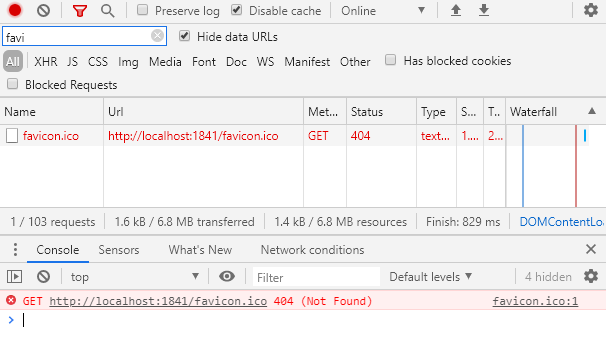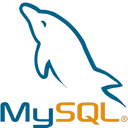Browser bookmarks has been an essential part of browsing for me. But once multiple browsers started appearing, I found that I couldn’t share my bookmarks across browsers.
And then delicio.us appeared. And they even had a free tier! That was such a lifesaver. But like all good things it came to an end and I had to choose something different. I exported all my bookmarks to Diigo and had been using it for ages.
But from the time I got more comfortable with the server side of things, I wanted get off Diigo as well. I didn’t want to face the same problem again in the future.
I came across Shaarli some years ago and always wanted to install it on my own server. Shaarli seemed to always get recommended as an easy-to-install software.
Continue reading







